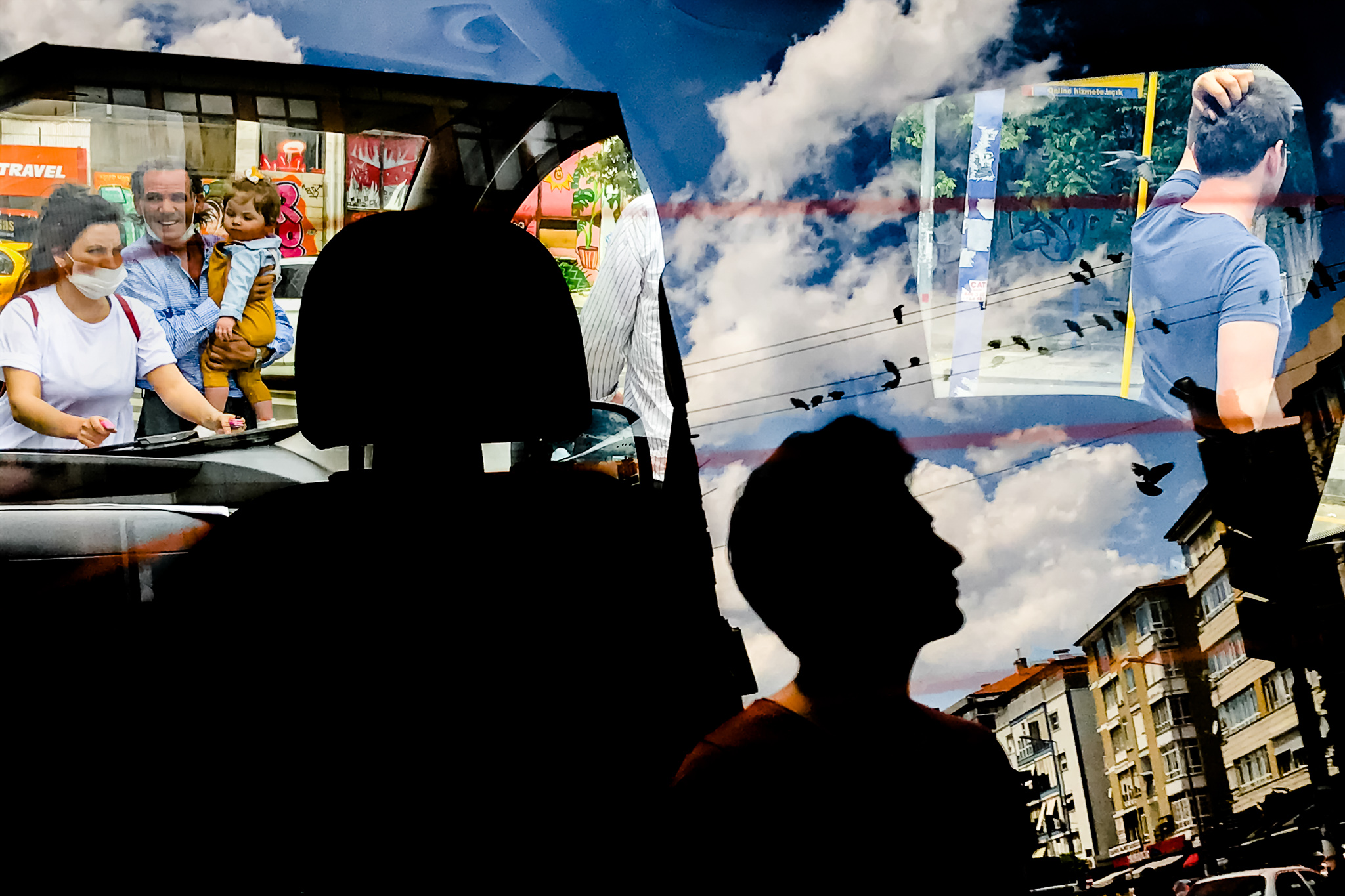Last Updated on 07/01/2020 by Mark Beckenbach
All images by Emre Çakmak. Used with permission.
“I think that the best camera is the one I have with me,” Emre Çakmak tells The Phoblographer. It’s a sentence often said by those who understand that being creative will always out trump having the best gear. That’s not to say the camera in your hand has no importance. But a photographer with vision will always outperform a photographer with the best camera and little creativity. On the topic of making amazing photographs, Çakmak blew us away. When we first saw his work, we said, “awesome multiple exposures.” But we were wrong; they weren’t multiple exposures at all. Here’s the truth behind these fantastic images.
Phoblographer: You use a smartphone for some of your street photography. Which smartphone do you use, and why do you enjoy using it?
EC: I have an iPhone 7. When I leave my camera at home, I try to use my smartphone to take photos. Since taking photos is related to how we see, not only to the device we have, my phone can replace my camera. Also, using a smartphone on the street is sometimes more advantageous than using a dedicated camera. For example, while using a camera, people are attracted to it, but using a smartphone on the street does not attract as much attention. Furthermore, my smartphone is small and not heavy. I enjoy using it thanks to these points. It sometimes makes it easier to shoot street photos.
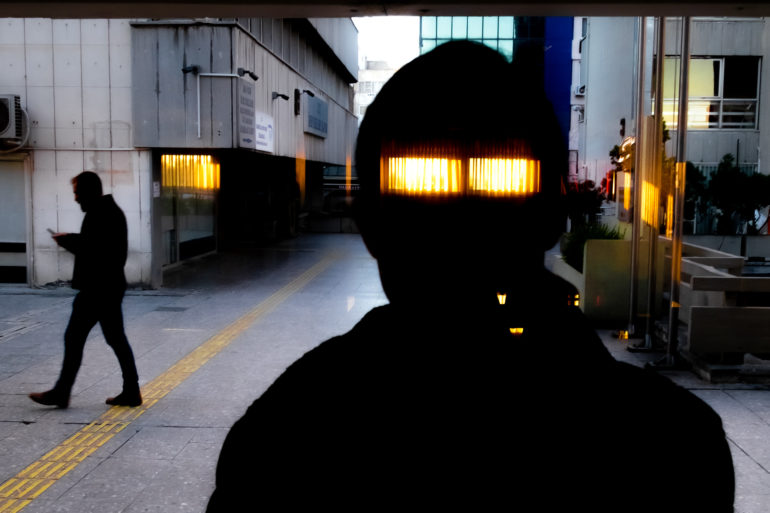
Phoblographer: When we first saw your photos, we thought, “These are some great multiple exposures.” We were shocked to learn they are single frames. Can you give us some insight into how you create these fantastic images?
EC: Firstly, thank you! I am sometimes impressed by the reflections on the street. I am in search of good light to create good reflections. I think that light is the main thing to consider while creating photos of reflections. Also, everything looks interwoven. It can lead to chaos. There is a thin line between chaos and an intriguing, well-organized scene. This should be taken into consideration.
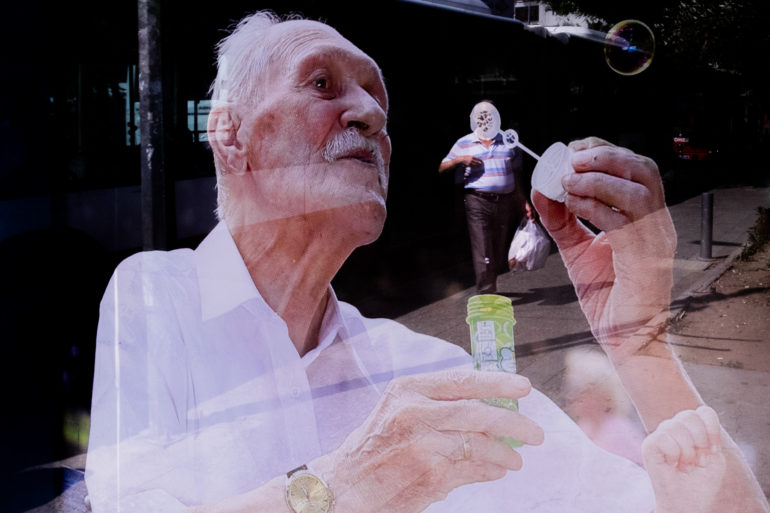
Phoblographer: How do you approach them? Is it very instinctive, or do you have to spend a lot of time waiting for the scene to come together?
EC: I notice the reflections instinctively. It happens instantly, but I don’t press the shutter until I see the things in my mind. It is like spotting a place instinctively and waiting for a while. It sometimes takes a lot of time.
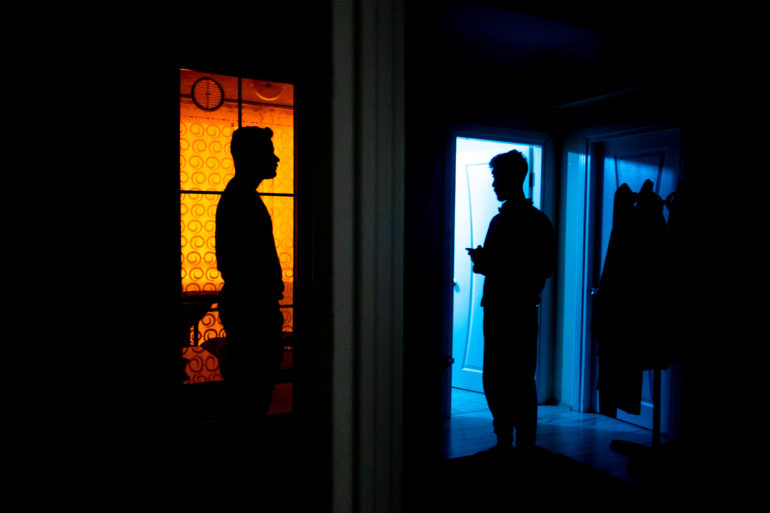
Phoblographer: Now that we know these are reflections, what is it about this style of street photography that excites you?
EC: I am excited by the contrast between real and surreal. Although street photography shows real life, reflections bring a surrealist perspective to the reality of street photography. Also, I like the picturesque view, which comes with reflections. This style can depict my mind with interwoven scenes, surrealism, and picturesque views.
Phoblographer: Some think using a smartphone would make it more difficult to shoot these kinds of photos, can you give us a bit of info on if that’s correct?
EC: Using a smartphone does not make it more difficult! While taking reflection photos, it is better to use a camera with a zoom lens or a phone which can zoom. For my dedicated camera I have an 18mm prime lens, which does not allow me to create such photos. Thanks to my smartphone, I can do it. I can say that my best option is a smartphone when I need to zoom in on a scene. It is a great alternative and strengthens my hand on the street.
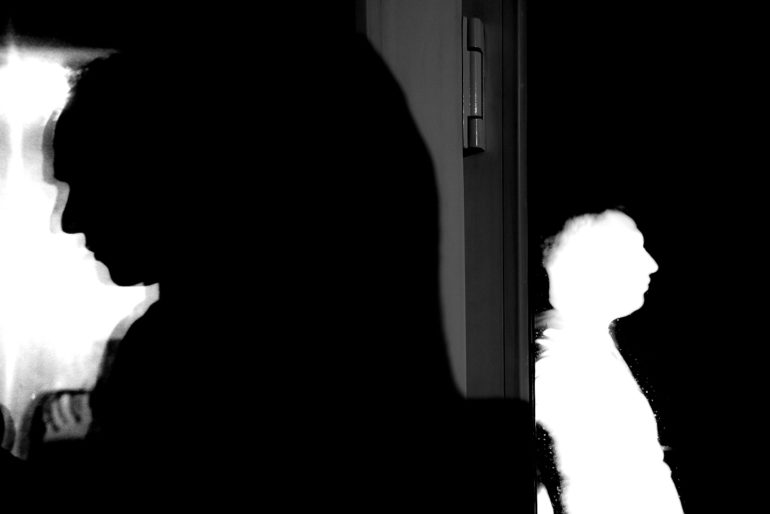
Phoblographer: How much time do you spend editing your photos? Is there a particular formula you like to stick to?
EC: While taking a photo, I already know how I will edit it in Lightroom. Thanks to this, editing generally does not take a lot of time, but it varies from photo to photo. Each photo needs different things. Because of this, I do not have any presets or specific processes.
Phoblographer: What’s the most difficult part of creating your reflection photographs? How do you overcome those difficulties?
EC: The most difficult part of creating my reflection photographs is striking a balance between mystery and intelligibleness. As I said, putting interwoven scenes in order is a very difficult thing. While shooting reflections, it is very tough to place subjects into the right points in the frame. These kinds of photos tend to be incomprehensible. To avoid this, I try to use light-shadow, frames, lines, geometry and separated layers.
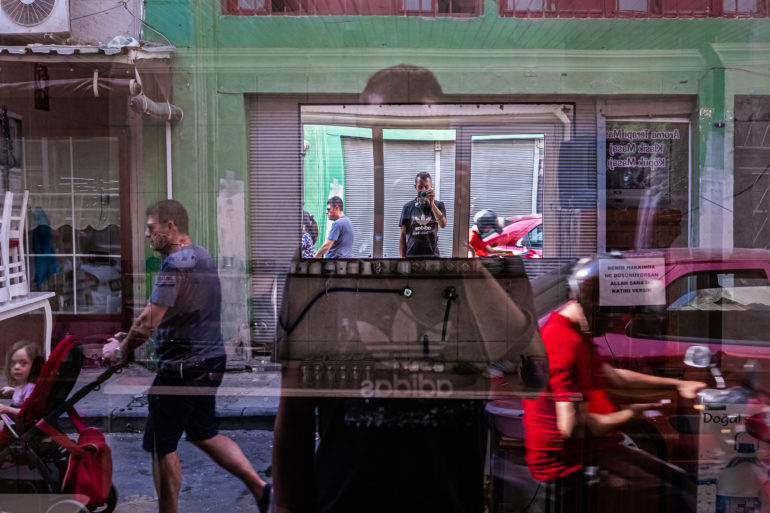
Phoblographer: Before we let you go, let’s fantasize for a moment. If you could have any camera, old or new, to shoot street photography, which would it be?
EC: I think that the best camera is the one I have with me. It is even my smartphone. In addition to my smartphone, I have a dedicated camera too: Fujifilm X-T10 with 18mm F2 and Godox TT685. I am totally okay with this setup, but I think no one can say no to Leica M10 and Contax T3!
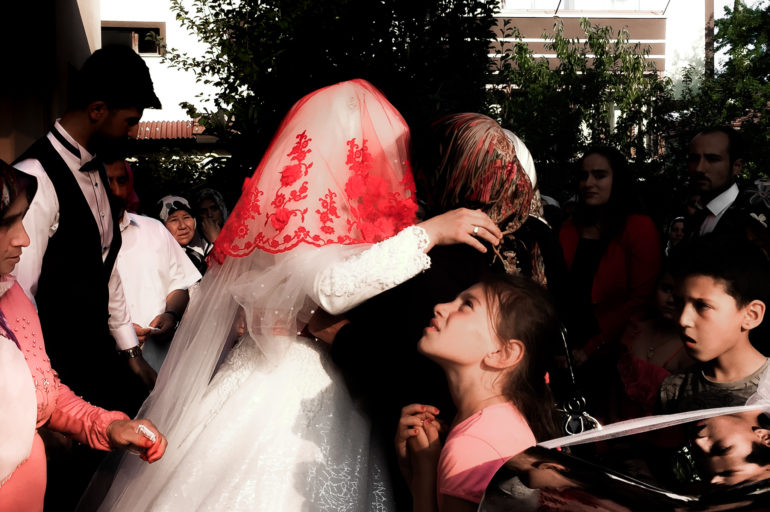
You can enjoy more of Emre’s work by visiting his Instagram.


